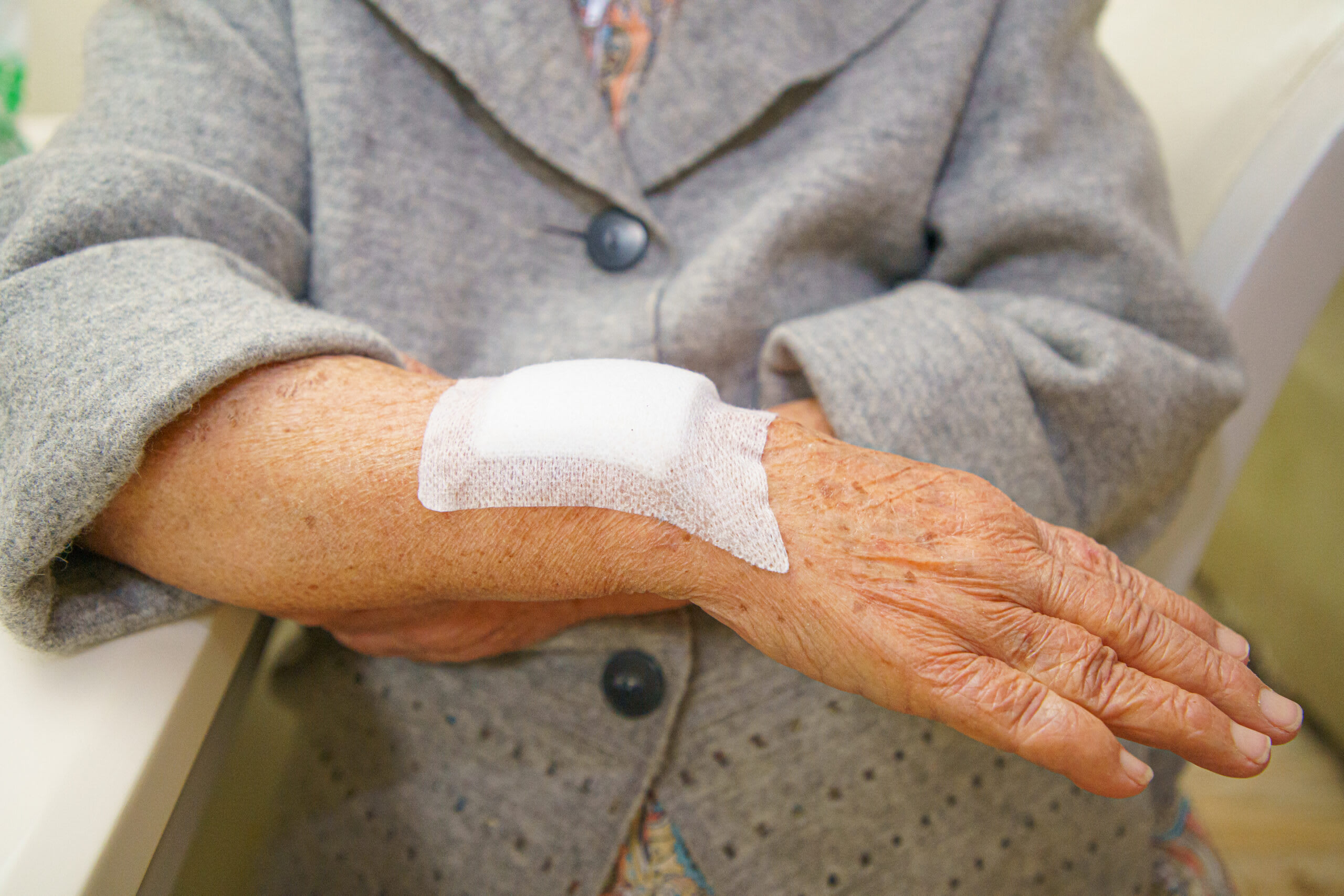
Wait, Where Did That Come From?
You know that moment. You’re rolling up your sleeve—coffee in the other hand, still figuring out where you stand on mornings—and there it is. A big, purplish bruise, right on your forearm. No memory of bumping into anything. No wild stories from yesterday. It’s just… there.
If you’re reading this, you or someone you love probably knows those mystery spots all too well. And the worry? Yep. Been there. Every new mark feels like a riddle—one that never seems to have reassuring answers. So, let’s unravel the mystery together: what causes purple bruising in elderly folks… and when should you actually pay attention?
Not Just Any Bruise
Let’s be real. These aren’t your classic childhood bruises from backyard falls or wild bicycle mishaps. What you see now is different: larger, flatter, a deep reddish-purple at first (almost like it wants to show off). And the weirdest part? You can’t ever remember the “clonk” that caused them.
What Do These Bruises Look Like?
They appear most often on the arms or the backs of the hands. If you want a visual—because sometimes a picture really does say a thousand words—take a look at some of these Elderly skin bruising pictures. You’ll spot it right away: irregular, flat, not raised like swelling, and they stick around for a while. More than a week, sometimes three! Then, as they fade, they turn brown… but instead of yellowing like old-school bruises, they leave behind a little shadow (sometimes for good).
Quick Comparison Table: Elderly Bruises at a Glance
| Feature | Description |
|---|---|
| Color | Purple/red at first, then brown |
| Common Sites | Arms, hands, forearms |
| Shape | Irregular, flat, not raised |
| Duration | 1-3 weeks, sometimes longer |
Here’s a personal touch: My own mom called them “mystery badges.” She’d flash her hands over morning eggs and laugh, “Guess I did battle with the sheets last night!”
Aging Skin, Sneaky Changes
The honest truth? These purple patches aren’t just random. What causes purple bruising in elderly is mostly—yep—age. Like, the good old ticking of time all by itself. Of course, no one likes to hear “aging” is the culprit, but here we are…
What Happens Beneath the Surface?
Let’s break it down. When you were younger, your skin had more “bounce.” It was thicker, springier, and had fat padding to cushion blood vessels. Over the decades, that cushion thins out. The underlying support network (think: collagen and elastin) dwindles. Those tiny blood vessels? Barely protected anymore. Even the most minor tap—or sometimes, nothing you can pinpoint—can break those vessels and let blood seep out, showing up in purplish patches on the skin’s surface.
Want to dig deeper, visually? Pop over to Pictures of senile purpura for real-life examples that show what we’re talking about.
How Does Age Change Skin?
- Young skin: Thick, lots of padding, vessels well protected.
- Elderly skin: Thin, less elastic, little padding—vessels close to the surface.
My neighbor Ruth used to garden bare-handed every spring. When she hit her late seventies, she started coming home from the garden with purple “souvenirs” up and down her arms—even though she swore she was being gentle. She switched to long sleeves (and said goodbye to bloomers), and the bruising faded almost overnight.
The Power of the Sun (And Not in a Good Way)
Maybe you’re thinking, “But I haven’t done anything rough!”—and you haven’t. But the sun? It’s a sneaky culprit here, practically working undercover for years.
How Does Sun Exposure Make Bruising Worse?
Over decades, ultraviolet (UV) rays break down the skin’s structure. That means less collagen, weaker connections, more fragile vessel walls. Even if you spent your glory days inside, a few summers or decades spent in short sleeves under the sun can leave you more prone to these purple marks now (according to research on senile purpura causes).
- Sun damages connective tissue… which means less support for those vessels.
- Bruises crop up with minor contact—or no contact at all.
It’s like your skin’s defense team retired early, and now, every sunny stroll from years ago is calling in its IOUs!
Three (Easy) Ways to Fight Back
- Wear sunscreen—every day, not just at the beach.
- Throw on sleeves and a wide hat for those midday walks.
- Grab some citrus fruits or vitamin C-rich snacks to help support skin health.
Funny story: My uncle, who thought hats looked “goofy,” started wearing one after some well-placed nagging from the grandkids. He insists it shaved ten years off his appearance (though, full transparency, it might just be the confidence…)
Meds, Supplements, and…Surprise! More Bruises
Okay, here’s the part no one really warns you about: the stuff in your medicine cabinet, the pills you take every morning—they could be part of the puzzle. What causes purple bruising in elderly is sometimes as simple as what’s in your daily routine.
Which Medications Crank Up Bruising?
Blood thinners are the classic suspects—think warfarin, aspirin, even “harmless” baby aspirins. Steroids are next in line. But, did you know supplements like ginkgo biloba can do it too? Anything that makes your blood a little looser or your skin a bit thinner means those blood vessels are even more vulnerable (based on advice from Healthline’s overview of actinic purpura).
Table: Common Culprits
| Type | Example | How It Affects Bruising |
|---|---|---|
| Blood thinners | Warfarin, aspirin | Blood doesn’t clot as fast—more leaking |
| Steroids | Prednisone, cortisone | Thins the skin, weakens vessel walls |
| Supplements | Ginkgo, vitamin E | Makes blood more “slippery” |
I once met a woman in her 80s (Margaret, spry and sharp as ever) who confessed she never skipped her fish oil and ginkgo—but the downside? “My arms look like I wrestled a purple polka-dotted octopus!” Her doctor switched her to something gentler, and the bruising calmed down.
Sometimes…It’s More Than Just “Aging”
I’ve got to be honest: while most of these purple bruises in elderly people are harmless (just cosmetic, albeit annoying), there’s always a chance it’s a nudge from your body to double-check things.
Is Bruising Ever a Bigger Issue?
If you (or someone you love) spots bigger, darker bruises—especially if they show up out of nowhere, or if there’s a pattern of frequent or unexplained bruising—this can mean something deeper. Vitamin deficiencies (like Vitamin K, which helps your blood clot) or conditions like diabetes, liver issues, or even blood clotting problems could be behind those spots. It’s rare, sure, but checking with a healthcare pro just…makes sense.
Want to see the more classic spots that doctors call “senile purpura”? If you’re not squeamish, Pictures of senile purpura give the full scoop (and might just help when comparing your own skin or a loved one’s).
- If bruises show up with gum bleeding, nosebleeds, or unusual tiredness, talk to your doctor.
- Sudden changes (lots of new bruises, no obvious cause)? Always worth a phone call.
Personal tidbit: My aunt started noticing crazy bruises after adding a new med. One chat with her doctor and a few blood tests later, they traced it back to her prescription—easy fix. She still calls me to brag when she goes a week “bruise-free.”
Best Tips and Small Tweaks
You don’t have to just sit back and let your arms turn purple (unless you like the tie-dye look, which is truly a vibe!). Little changes go a long way. What causes purple bruising in elderly can’t always be stopped—but there’s plenty you can do to dial it down.
- Use gentle soaps and moisturizers to keep skin strong and hydrated.
- Stay active—walk, stretch, whatever you love. It keeps circulation up and skin healthier.
- Protect those arms and hands: gardening gloves, long sleeves, even elbow pads for wild grandkids visits.
- If you’re tempted to “power clean” or reach into tight spaces (I see you, kitchen cabinet wranglers)—go easy!
And for inspiration, those Elderly skin bruising pictures show all kinds of marks, so you don’t panic the next time something pops up. Remember, you’re part of a whole club—nobody’s skin is perfect, and you’re absolutely not alone.
A Friendly, Final Word
Phew! That was a lot, right? If you’ve made it this far, give yourself loads of credit. Here’s the realest summary: what causes purple bruising in elderly is a mix—sometimes it’s just time ticking forward, sometimes it’s old sunburns coming home to roost, and sometimes it’s the pharmacy shelf. Most of the time, these bruises are safe, just “decorative” evidence of a life well-lived… but if anything changes (faster, weirder, bigger), reach out for help. No shame in checking it out—that’s how smart people stay healthy.
The cool part? You can take action right now—sunscreen, sleeves, a kitchen cabinet truce. Your skin may have changed, but you’re still in charge. And hey, if you’re curious, take a peek at Pictures of senile purpura so you know what’s in the “normal aging” club.
If you’ve got stories (or wild bruise nicknames), I’d love to hear them—sometimes sharing really is the best medicine.
Now… what small tweak will you try first?

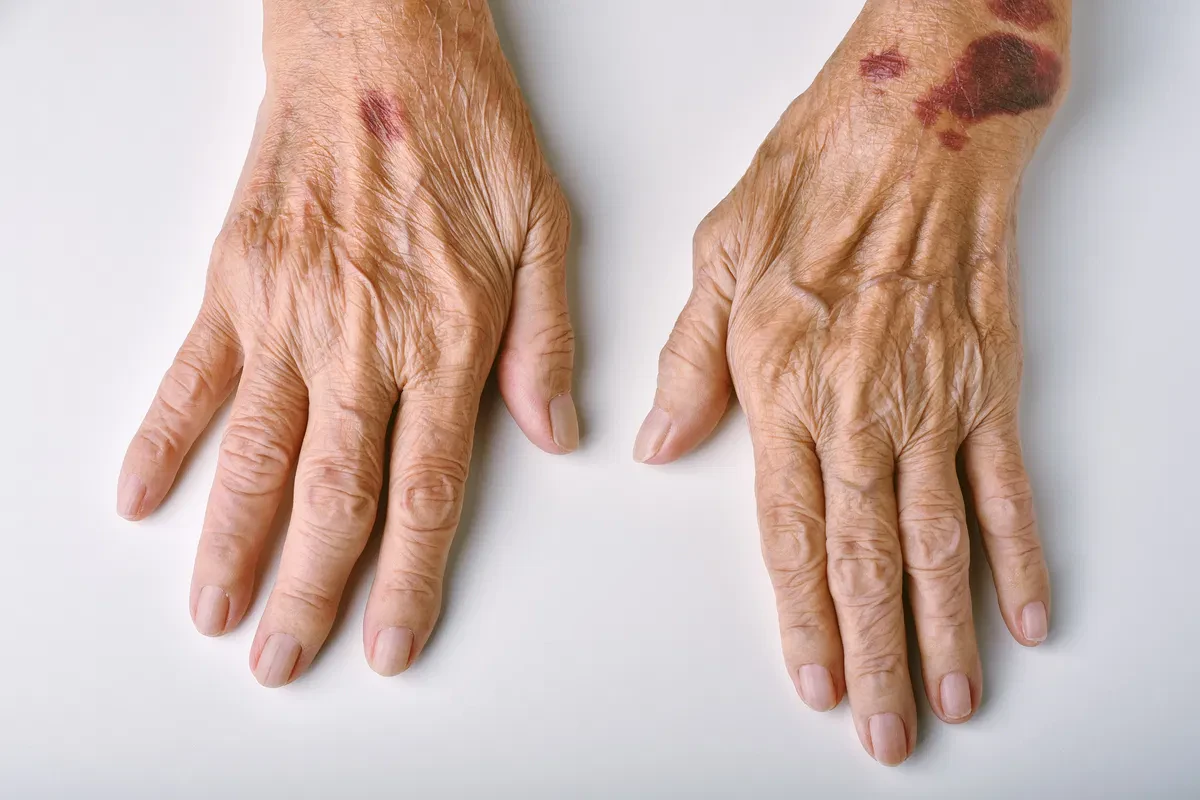
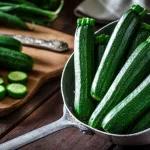



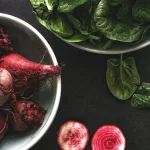





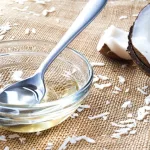
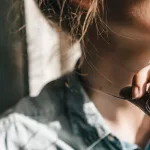

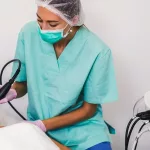

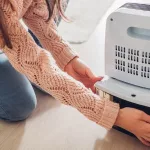
Leave a Reply
You must be logged in to post a comment.